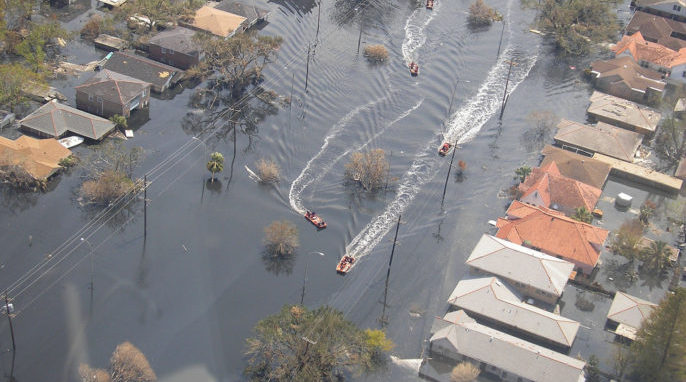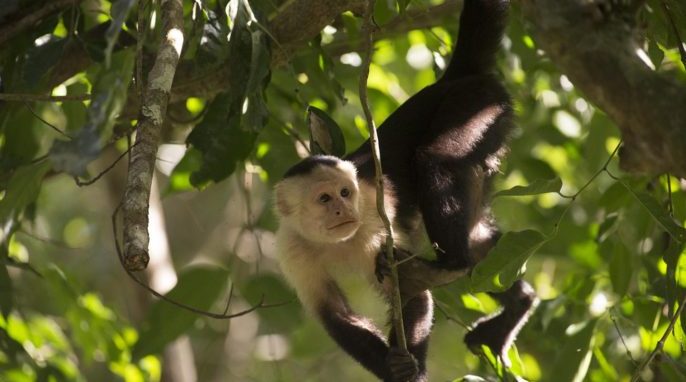Bird Migration: I’ll Fly Home—or Not
By Mark Lasbury, MS, MSEd, PhD @Biologuy1 The arctic tern travels from north of the Arctic Circle to Antarctica and back again every year. On the other hand, the snowy owl lives in the Arctic region year-round; it doesn’t migrate at all. A Question of Bird Migration Why do some birds migrate while other birds stay in one place? The possible explanations are many. Maybe the type of food they eat is present only part of the year, or maybe they can’t stand the cold temperature. They might need to…
Read More
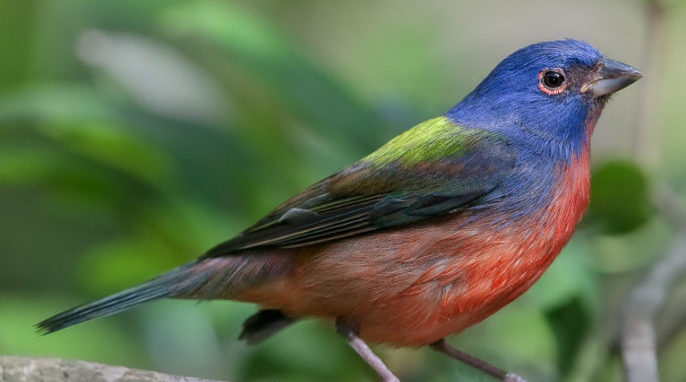
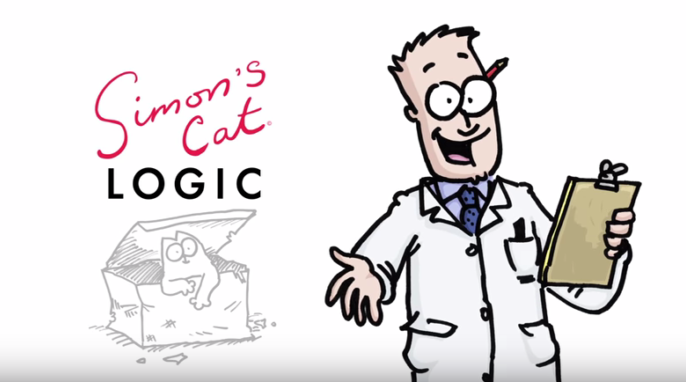

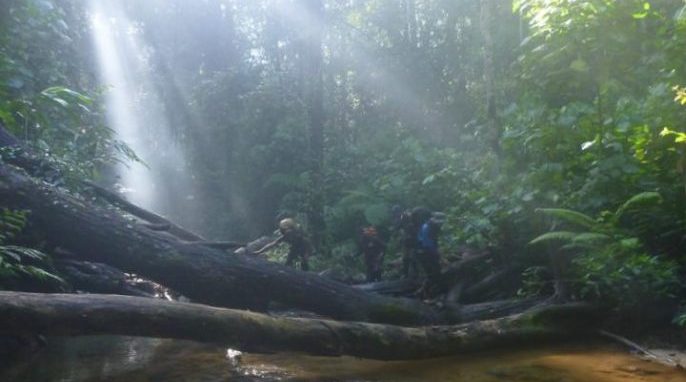
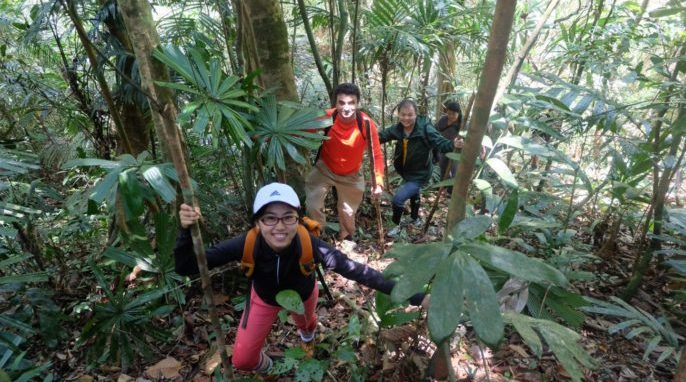
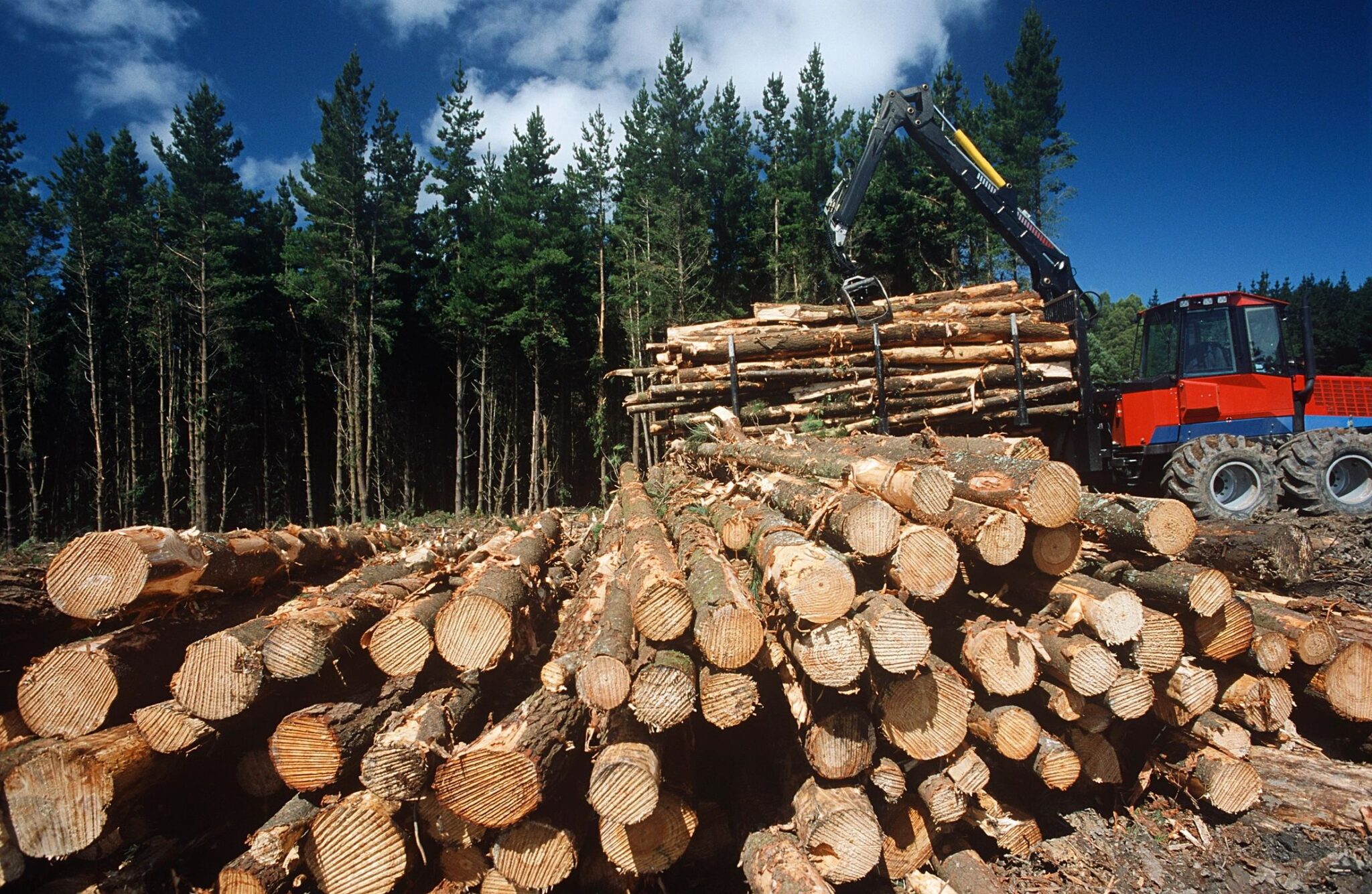

![Dichroa febrifuga, a medicinal herb that has been historically used to treat fever, is named for its active ingredient, febrifugine. By Keith Edkins (Own work) [CC BY-SA 3.0], via Wikimedia Commons](https://magazine.scienceconnected.org/wp-content/uploads/2016/05/Dichroa_febrifuga_Glasgow-e1463012377212.jpg)
